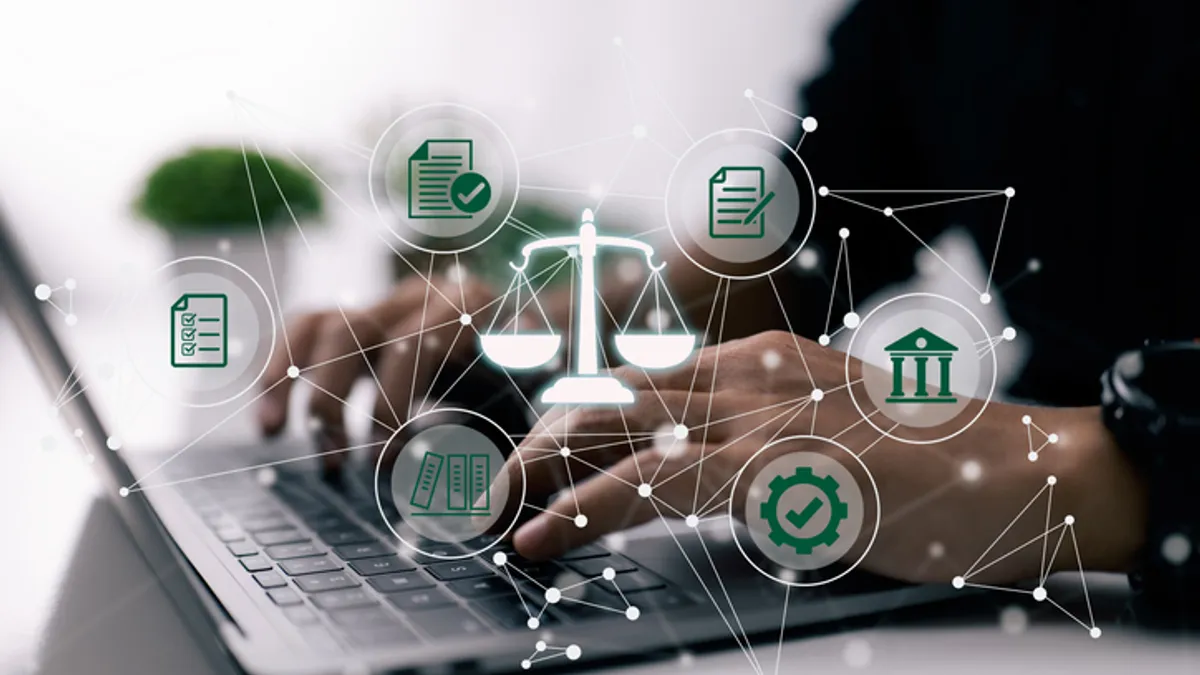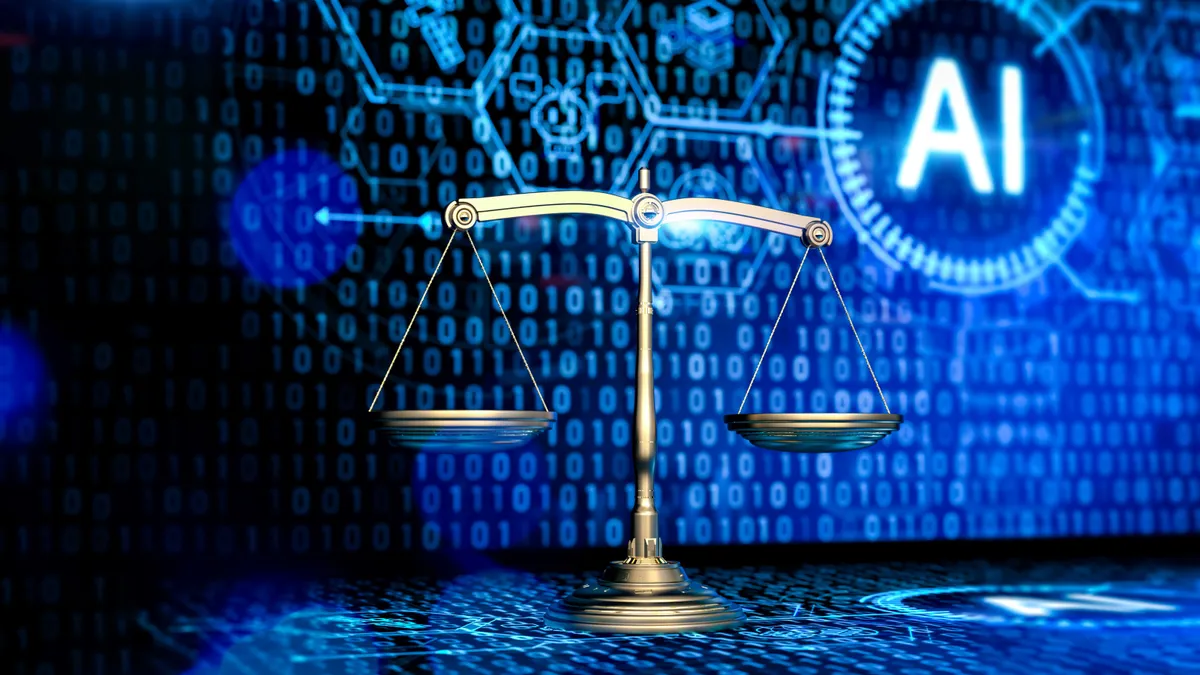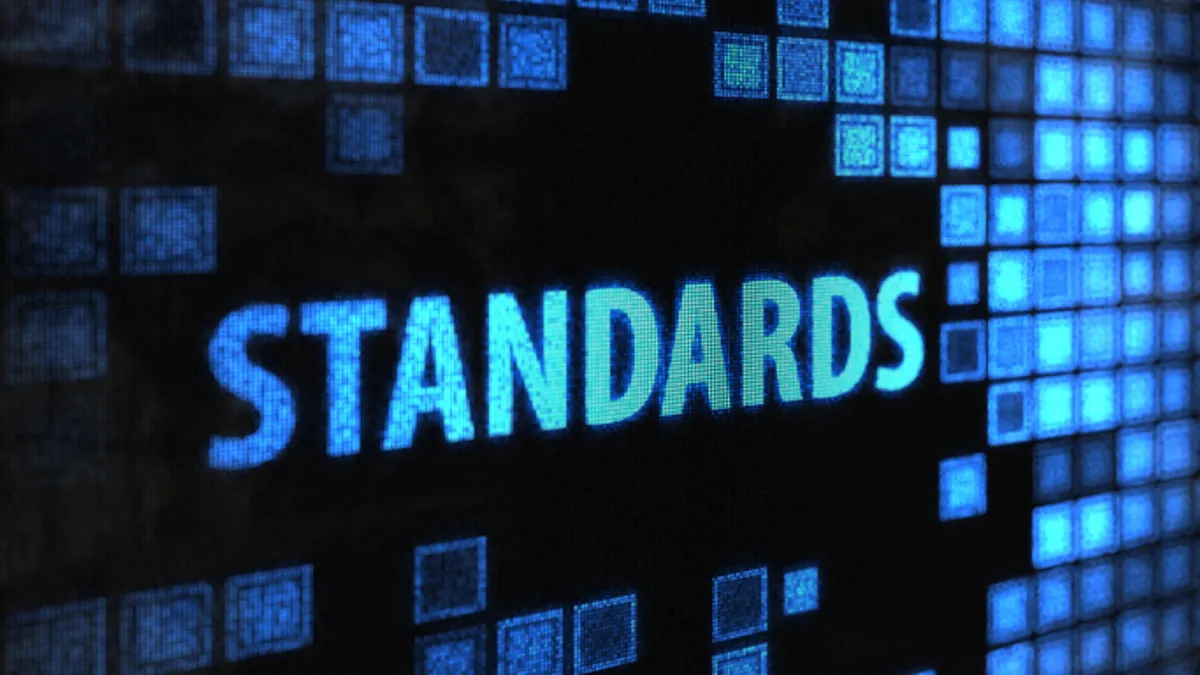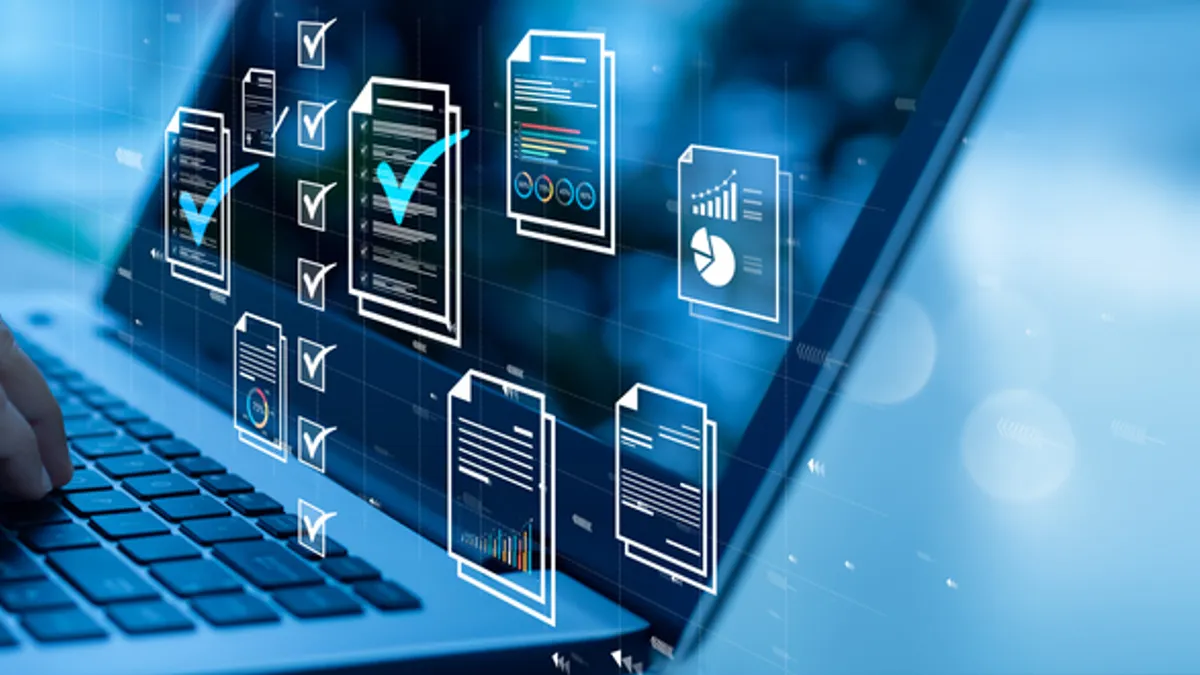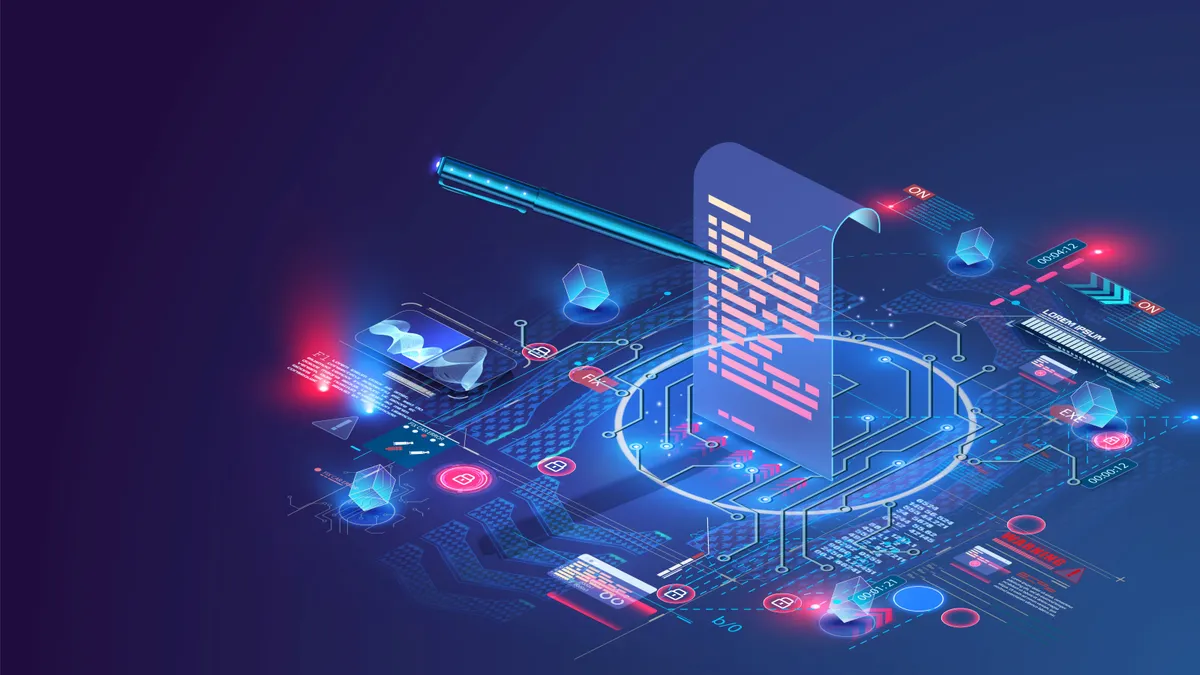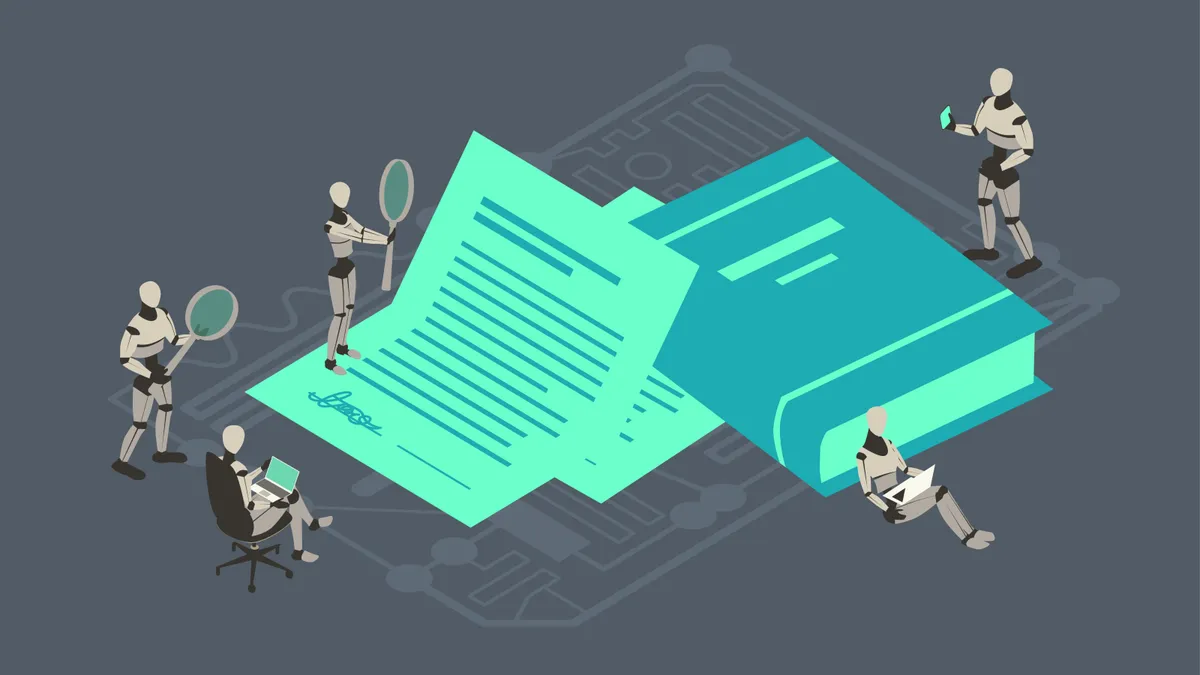Troels (Troy) Nørgaard is corporate digital transformation lead for Legisway, an AI-driven, all-in-one legal management software from Wolters Kluwer. Views are the author’s own.
It’s not overstating the matter to say that technology is revolutionizing the legal industry. SaaS-based solutions, AI-enabled platforms and countless other innovations have enabled legal departments to be more efficient, productive and effective, all while adoption rates soar.

However, the range of products and solutions flooding the legal technology market can make it difficult for legal departments to identify the solution that best suits the size of their organization and an in-house legal team’s unique needs. It can also lead to an internal legal technology stack that is isolated from the broader organization’s technology, hampering the very efficiencies the legal department was seeking to achieve.
Technology needs to make our lives easier, and any technology that claims to help a business process, such as legal, needs to retain its ultimate objective – helping a business and individuals within that business to solve problems and interact successfully. If a tool doesn't do that, there is no point in using it. Too many disconnected solutions have become a live issue for many legal teams, including in-house legal professionals, paralegals, legal ops managers and the IT team.
Nobody wants to work in a paper-based environment, but today's mid-market legal technology stack has become too fragmented, complicated, difficult or expensive to operate in a way that reflects the less complex requirements and integrated nature of most legal tasks for this segment. This likely stems from the fact that many of today's legal technology vendors have missed the point and are developing solutions that either lack the interoperability required to work seamlessly with an organization’s existing technology stack, or fail to recognize that business processes are, by nature, end to end and connected.
Disconnected processes
Technology should enhance business processes, not disrupt them. The advantage of prioritizing legal technology solutions that demonstrate a high level of interoperability with a corporate legal department’s existing technology stack, or the technology portfolio leveraged by the organization as whole, is smoother integration process and streamlined workflows. It also eliminates the time-consuming process required to build custom integrations.
After all, legal professionals can be reluctant to adopt new technology, either not recognizing the value or fearing change outright. Legal technology offerings that can integrate into an organization’s existing technology framework or provide an all-in-one solution for accomplishing multiple tasks, flattens the learning curve and reduces friction. Specifically for small and mid size legal departments with less complex requirements, these corporate entities could also benefit from the bundled pricing and streamlined maintenance that all-in-one solutions often provide.
It’s also worth noting that many of the challenges facing today's legal professionals stem from data silos and process disconnects between different areas of an organization's legal operations. Without interoperability, sharing and integrating data seamlessly across these domains becomes difficult. As a result, important information can become trapped within each system, hindering comprehensive analysis and any decision-making that requires a holistic view of legal matters.
Furthermore, the lack of integration between different practice areas can lead to disjointed processes and inefficiencies, duplicated efforts, and a fragmented user experience for legal teams. Those charged with M&A and due diligence projects will likely feel this pain most acutely.
So, what's the alternative?
There are a few key things to remember when designing legal technology for a mid-market legal end user with less complex requirements:
1. The technology should be easy to use and capable of managing a broad range of matters. It should be intuitive and have a straightforward user interface.
2. The technology should be reliable. It should work as expected and not create more work by being inaccurate and unreliable.
3. The technology should speak to other tools within a team's tech stack and those operated by adjacent units. Connections between those systems also need to be secure, protecting the privacy and confidentiality of user data.
The legal technology industry needs to prioritize technology solutions that provide a high degree of interoperability or an all-in-one experience offering comprehensive features and functionality. These platforms should be easy to use and integrate with existing systems and other non-legal processes, such as those used by sales and procurement teams. Streamlining business processes, such as legal, and driving efficiencies by automating manual processes to enhance our ability to get more done, faster is undoubtedly the right thing. Still, we must remember that if a piece of technology is not user-friendly, it can cause more problems than it solves.
Despite these challenges, the legal technology industry continues to grow. The demand for legal services is increasing, and legal professionals are looking for ways to improve their efficiency and productivity. Legal technology can help them to do just that. As the legal technology industry matures, I expect to see more integrated platforms offering comprehensive features and functionality that have been designed for small and mid-market legal end users. These platforms will be easier to use and integrate with existing systems, making them more appealing to users.
The legal industry's future is bright, and legal technology will play a significant role in its evolution.







